In recent years, the traditional approach to physical education (PE) has seen a significant shift. Gone are the days when PE classes were solely about running laps or playing the same old sports. Today, innovative educators are embracing game-based learning, a strategy that makes physical activity more engaging, enjoyable, and educational. One standout tool in this movement is BoardGains, a game that seamlessly integrates fitness and fun. But what exactly are the benefits of game-based learning in PE? Let’s dive into how incorporating games like BoardGains can revolutionize your PE classes.
The Benefits of Game-Based Learning in PE
1. Increased Engagement and Motivation
One of the most significant benefits of game-based learning in physical education is the boost in student engagement. Traditional PE activities can sometimes feel repetitive and uninspiring to students, leading to a lack of enthusiasm. However, when you introduce games like BoardGains, everything changes. Suddenly, students are more motivated to participate because the activity feels more like play than work.
BoardGains, for example, turns exercise into an interactive board game where students must complete physical challenges to advance. This not only makes the activity more enjoyable but also taps into students' natural competitive spirit. The result? Increased participation, even among those who might not typically be enthusiastic about PE.
2. Promotes Teamwork and Social Skills
Games naturally require collaboration and communication, making them perfect for fostering social skills in a PE setting. With BoardGains, students often work in teams to achieve their goals, which encourages them to communicate effectively, strategize together, and support one another. These social interactions are crucial, especially in a school environment, as they help build a sense of community and teach students how to work well with others.
Furthermore, teamwork in games helps students learn about leadership, conflict resolution, and empathy. These are valuable life skills that extend beyond the gym or the playing field.
3. Enhances Cognitive Skills
Game-based learning isn’t just about physical activity—it’s also a powerful tool for developing cognitive skills. Many games, including BoardGains, require students to think critically, make quick decisions, and solve problems on the fly. This mental engagement is essential because it helps students develop skills like strategic thinking, memory, and even basic math, all while they’re being physically active.
When students are actively engaged in both their minds and bodies, they’re more likely to retain what they learn. This holistic approach ensures that PE isn’t just about burning calories but also about enhancing overall cognitive development.
4. Encourages Lifelong Fitness Habits
One of the goals of physical education is to instill a love of fitness that lasts a lifetime. However, many traditional PE activities don’t always resonate with all students. Game-based learning offers a solution by making fitness fun and relevant. When students associate exercise with positive experiences, like playing a game they enjoy, they’re more likely to continue those activities outside of school.
BoardGains, with its fun and varied challenges, introduces students to different types of exercises and movements. This variety helps students discover what they enjoy, making it more likely that they’ll pursue similar activities on their own. By framing fitness as a game, PE educators can help students build a positive relationship with exercise that lasts well into adulthood.
5. Cater to Diverse Learning Styles
Not all students learn the same way, and that’s as true in PE as it is in the classroom. Some students are kinesthetic learners who excel when they can move around, while others might benefit from visual or auditory cues. Game-based learning caters to these diverse learning styles by offering multiple ways for students to engage with the material.
In BoardGains, for instance, students might be asked to follow visual instructions, listen to cues from teammates, or physically perform a task. This multimodal approach ensures that all students, regardless of their preferred learning style, can participate fully and benefit from the activity.
6. Improves Physical Fitness
Of course, one of the primary objectives of any PE class is to improve students’ physical fitness, and game-based learning excels here as well. Games like BoardGains are designed to be physically challenging, encouraging students to push themselves and improve their strength, endurance, flexibility, and coordination.
The beauty of using games for fitness is that students often don’t realize how hard they’re working. Because they’re focused on the game and having fun, they’re more likely to give their best effort, leading to better fitness outcomes. Additionally, the varied nature of the challenges in game-based learning means that students get a well-rounded workout, targeting different muscle groups and skills.
7. Provides Instant Feedback and Rewards
Another advantage of game-based learning is the immediate feedback and rewards system that many games incorporate. In BoardGains, for instance, students receive instant feedback on their performance as they advance through the game. This immediate response helps them understand what they’re doing well and where they might need to improve.
Moreover, the rewards system in games serves as a powerful motivator. Whether it’s earning points, advancing to the next level, or receiving praise from peers, these rewards encourage students to keep trying and improving. This positive reinforcement is crucial in helping students build confidence and a growth mindset.
FAQs
1. What is game-based learning in PE?
Game-based learning in PE refers to the use of games, like BoardGains, to teach physical skills and promote fitness. It involves activities that are structured as games, making the learning process more engaging and fun for students.
2. How does game-based learning benefit students?
It increases engagement, promotes teamwork, enhances cognitive skills, encourages lifelong fitness habits, caters to diverse learning styles, improves physical fitness, and provides instant feedback and rewards.
3. Is BoardGains suitable for all age groups?
Yes, BoardGains can be adapted for different age groups and fitness levels, making it a versatile tool for PE teachers.
4. How can I incorporate game-based learning into my PE curriculum?
Start by introducing games like BoardGains into your lessons. You can use these games as warm-ups, main activities, or cool-down exercises. Tailor the games to fit your class’s specific needs and objectives.
Wrapping Up
Game-based learning in physical education is more than just a trend—it’s an effective way to make fitness fun, engaging, and educational for students of all ages. By incorporating games like BoardGains into your PE curriculum, you can transform your classes into dynamic, interactive experiences that not only improve physical fitness but also foster important life skills. So why not give it a try? Your students might just thank you for it!



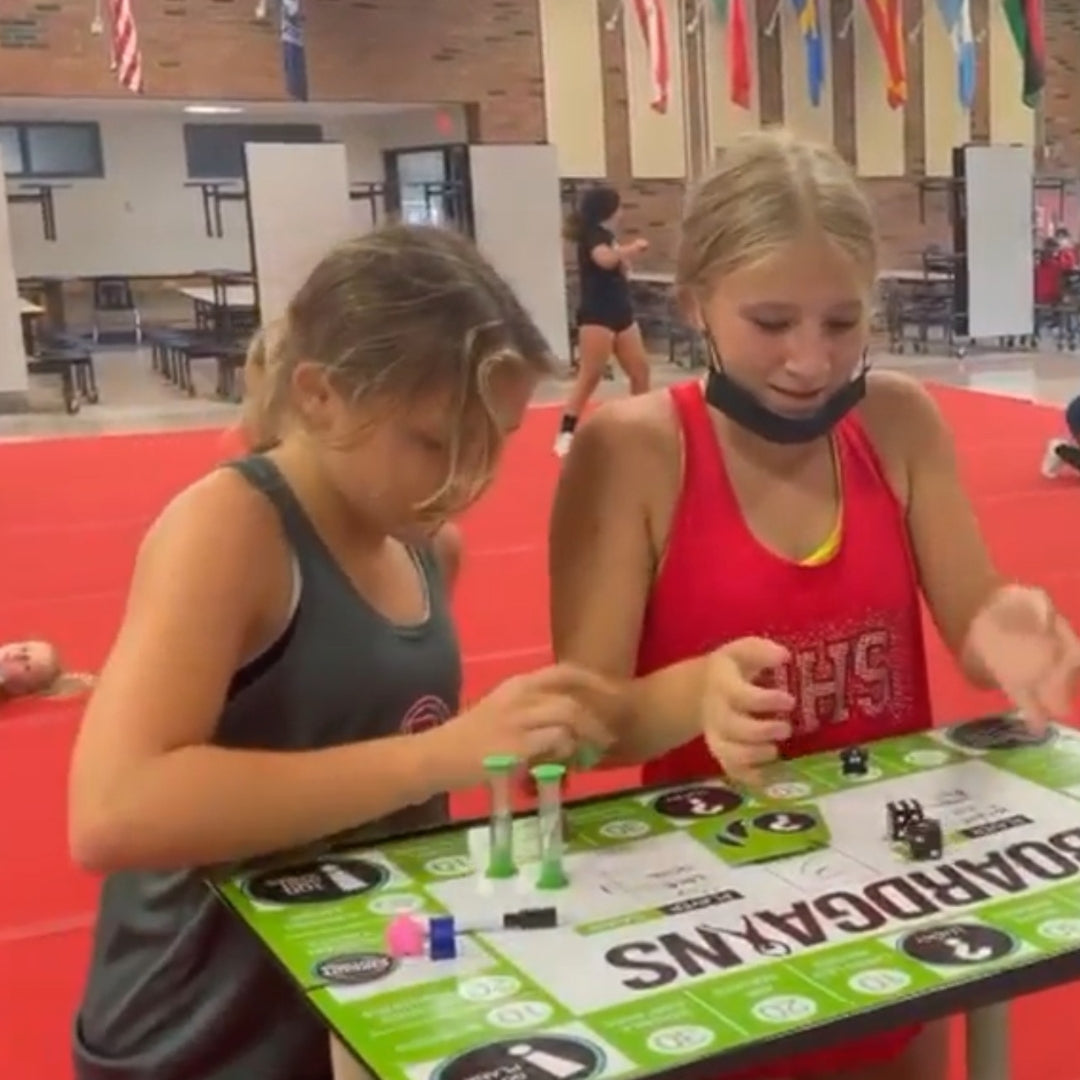
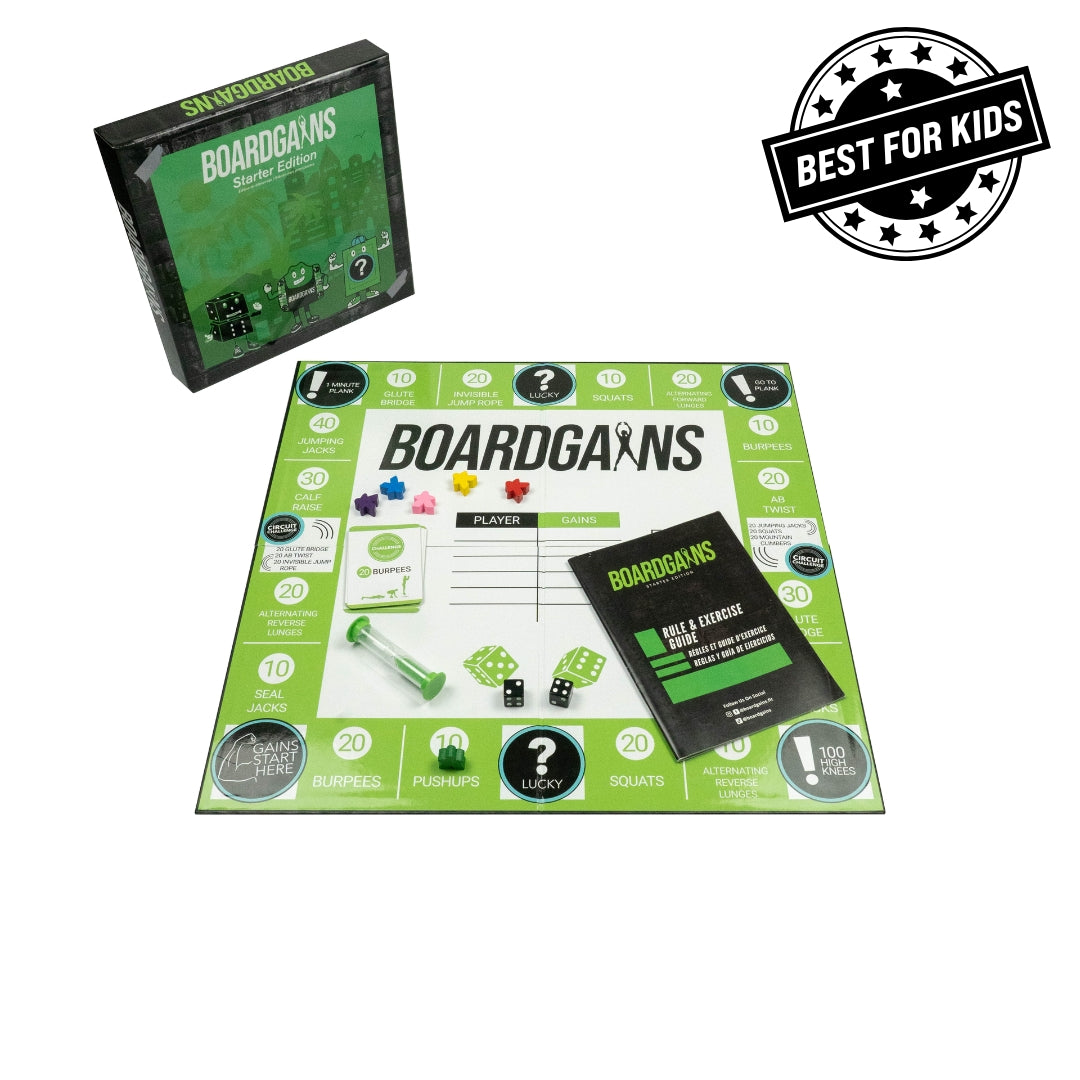
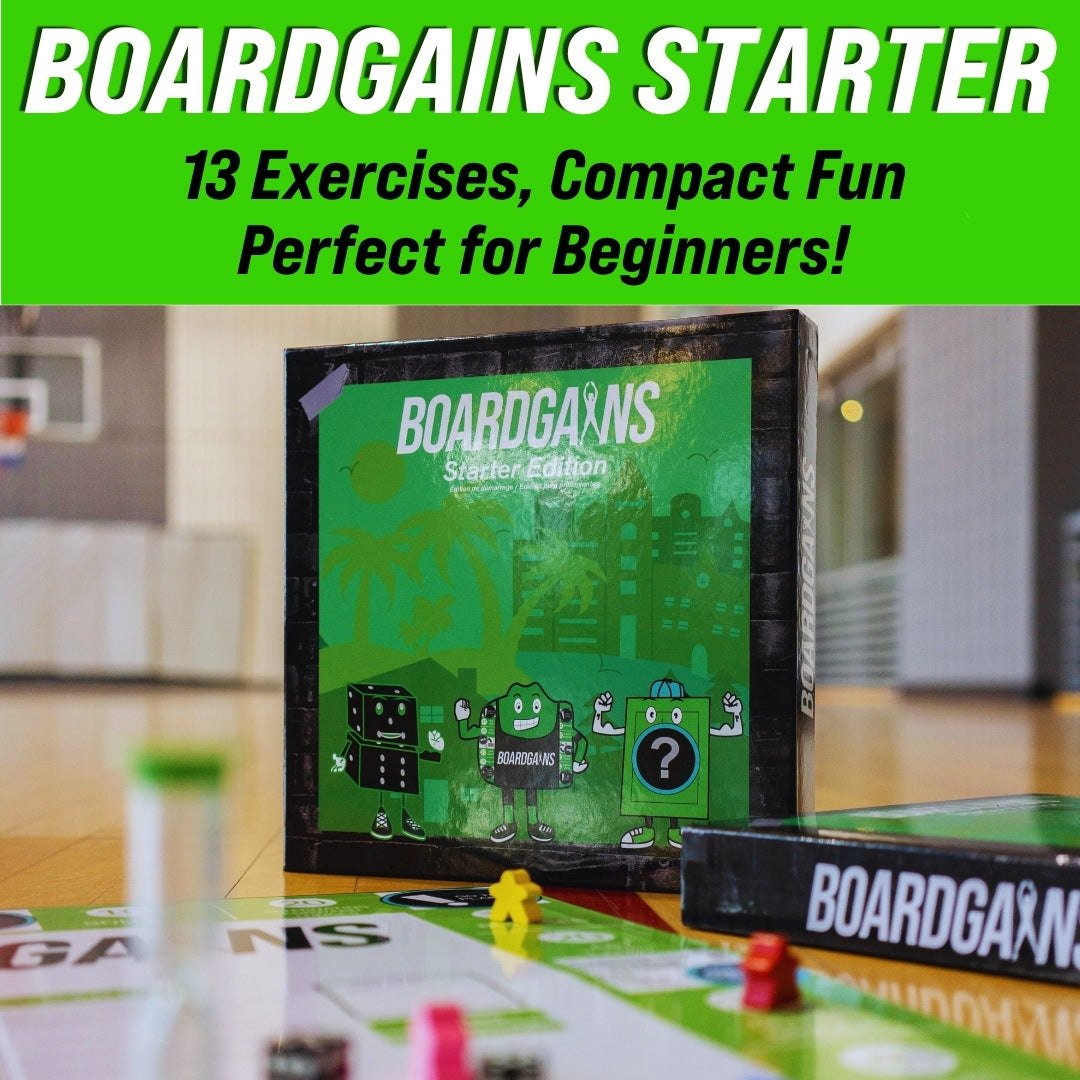
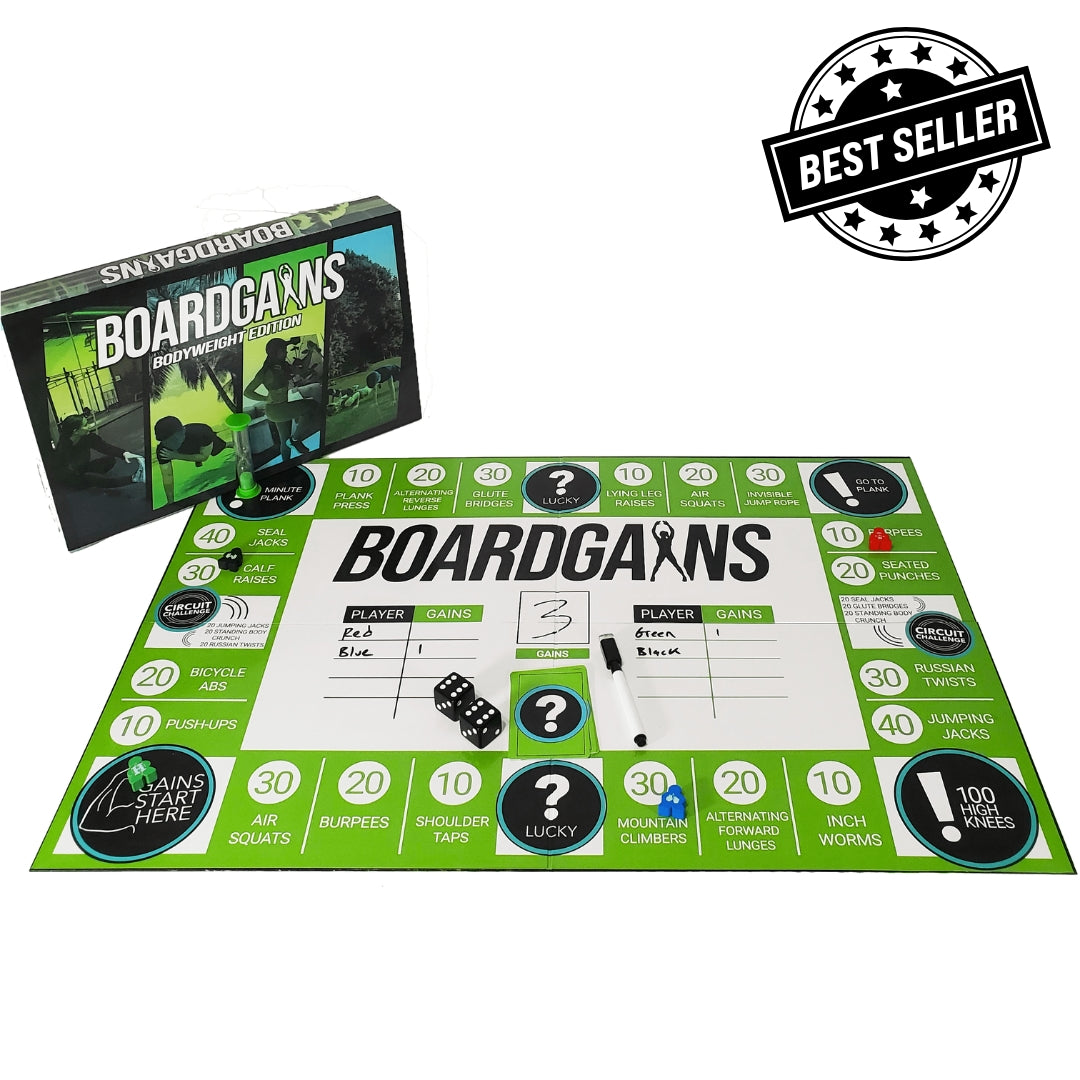
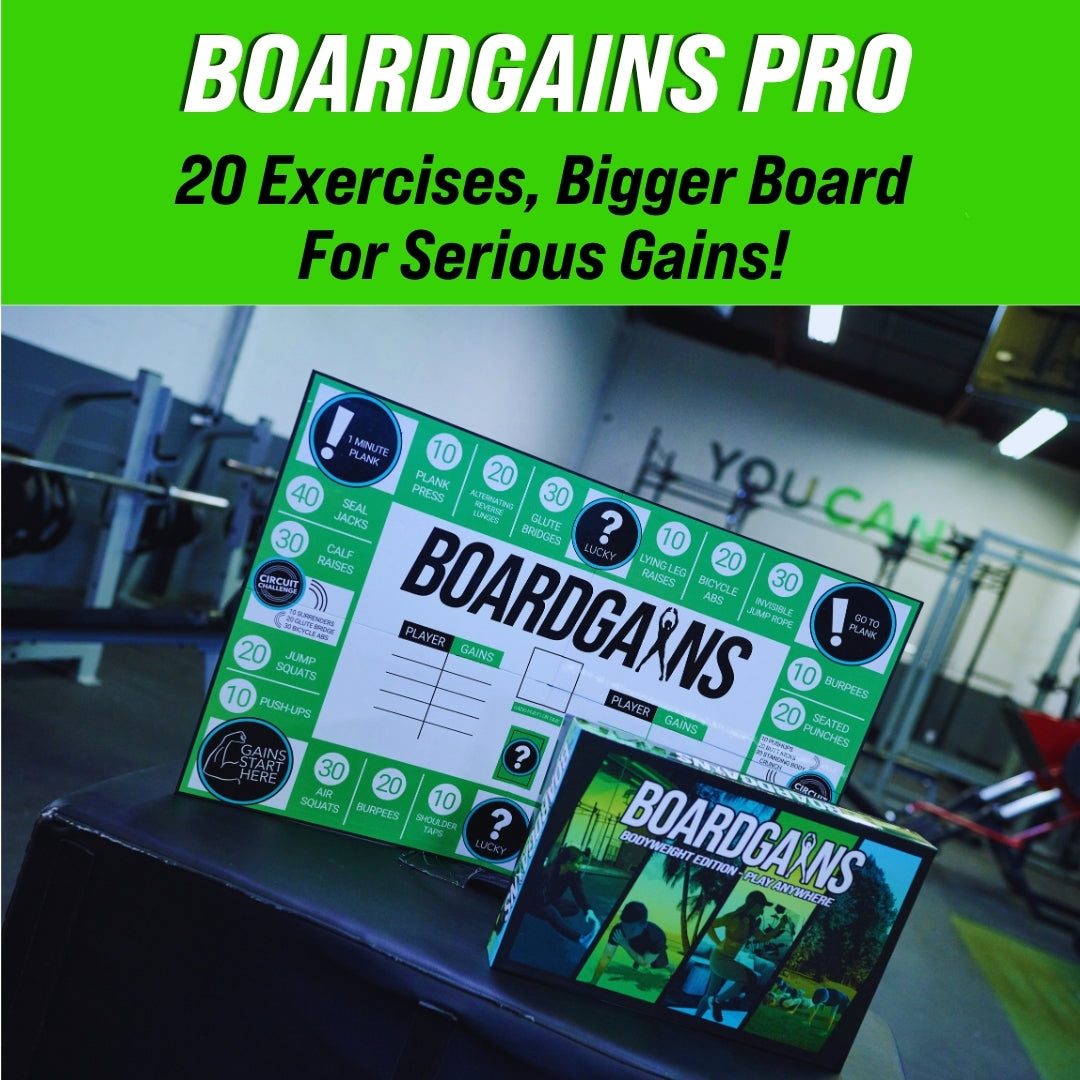
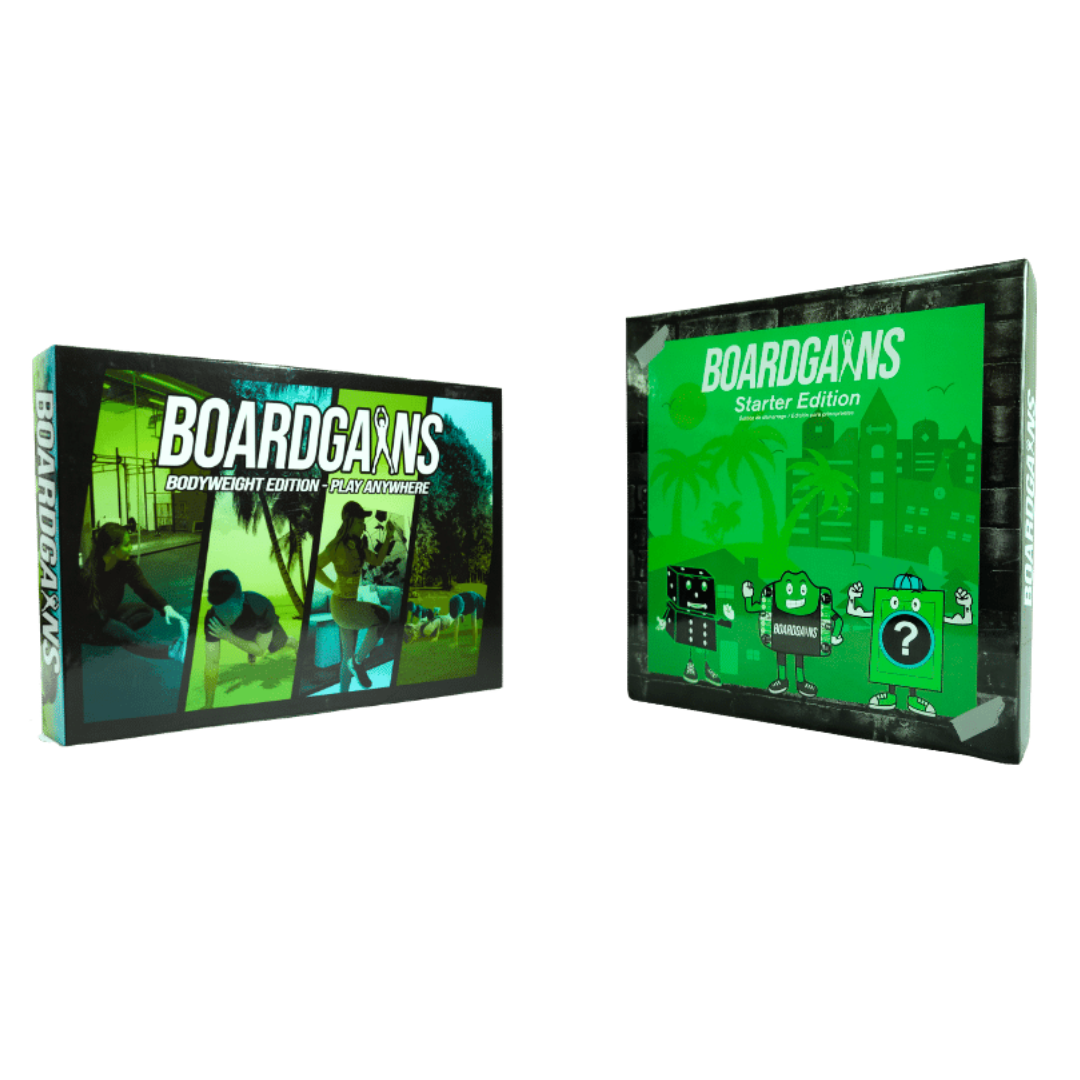
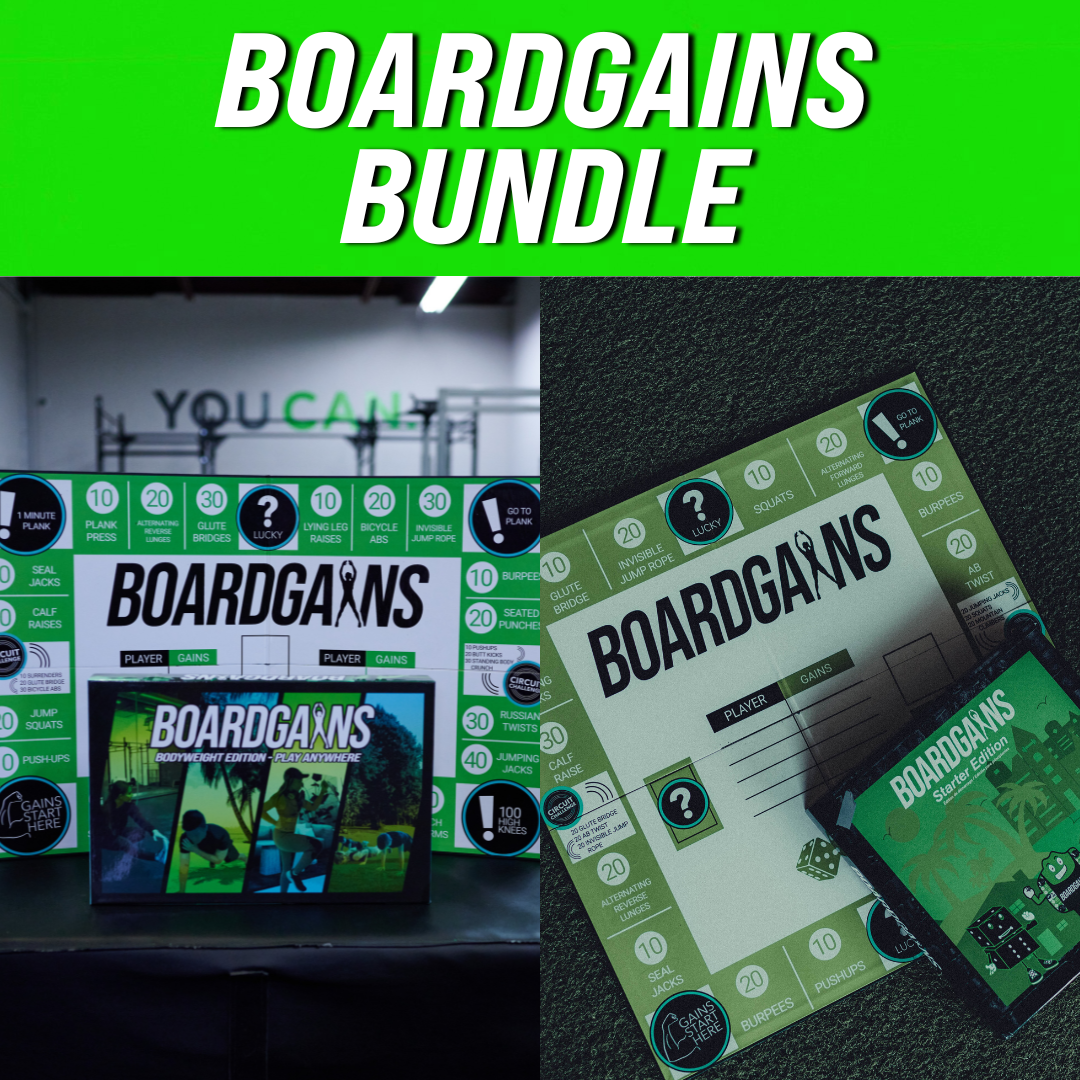
Leave a comment
This site is protected by hCaptcha and the hCaptcha Privacy Policy and Terms of Service apply.